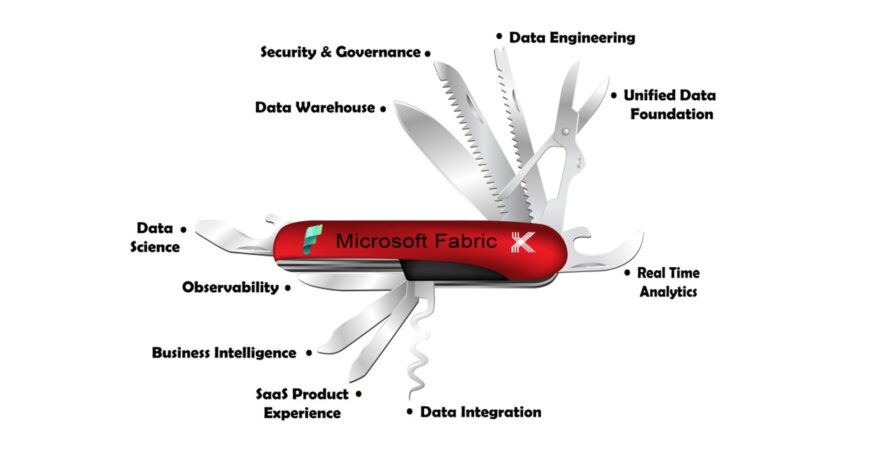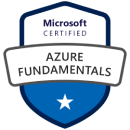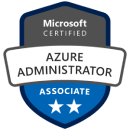
How Microsoft Fabric Enhances Data Governance and Compliance
In today’s data-driven world, managing data effectively while ensuring its security and compliance with regulations is paramount for organizations, especially in highly regulated industries like healthcare and finance. Microsoft Fabric offers a robust solution for maintaining data governance and compliance without sacrificing efficiency or accessibility.
Here’s how Microsoft Fabric supports these critical needs:
Unified Data Governance Framework
Microsoft Fabric provides a centralized platform to manage and govern data, making it easier for organizations to implement policies, monitor compliance, and manage risk. It includes built-in features for setting data access controls, ensuring that only authorized personnel can access sensitive data, and providing transparency across all data processes.
With a unified data governance framework, organizations can create and enforce policies consistently across all data sources, reducing the risk of accidental exposure or non-compliance. As more tools are added to the landscape they inherit all of the policies that were applied. This ensures the data is only visible to those who have been given access.
Enhanced Data Security
At its core, Microsoft Fabric is built with security in mind. It offers advanced encryption for both data at rest and in transit, ensuring that sensitive information is protected from unauthorized access. Additionally, the platform supports multi-factor authentication (MFA) and role-based access control (RBAC), further securing the data environment.
This level of security is essential for organizations that handle personal identifiable information (PII) and protected health information (PHI), as it ensures compliance with regulations such as HIPAA, GDPR, and others.
Streamlined Compliance Audits
Microsoft Fabric simplifies compliance audits by providing comprehensive audit trails. These detailed logs capture all data activities, including who accessed what data and when, as well as any changes made. This helps organizations quickly respond to audit requests and demonstrate compliance with industry regulations.
Furthermore, Microsoft Fabric’s governance tools automatically monitor for policy violations and can generate reports on compliance metrics, reducing the manual workload on compliance teams.
Data Retention and Privacy Policies
With the help of Microsoft Fabric, organizations can implement automated data retention policies to comply with legal requirements for data storage and deletion. For example, organizations can configure automatic deletion of data after a set period to comply with laws like GDPR’s right to be forgotten.
Microsoft Fabric’s privacy management tools allow organizations to manage data usage and privacy preferences efficiently. This includes the ability to anonymize data where needed, ensuring that personal data is protected.
Scalability and Flexibility
One of the major strengths of Microsoft Fabric is its scalability. Organizations can scale their governance and compliance strategies as their data needs grow. Whether managing small datasets or massive amounts of data from multiple sources, Microsoft Fabric’s flexible platform can adjust to meet governance requirements.
Conclusion
For organizations in highly regulated industries, ensuring data governance and compliance is not just a best practice—it’s a necessity. Microsoft Fabric offers a comprehensive set of tools to enforce governance policies, secure sensitive data, and streamline compliance with industry regulations. By adopting Microsoft Fabric, organizations can reduce their risk of data breaches and non-compliance, while also ensuring they remain agile in a fast-paced, data-driven world.










